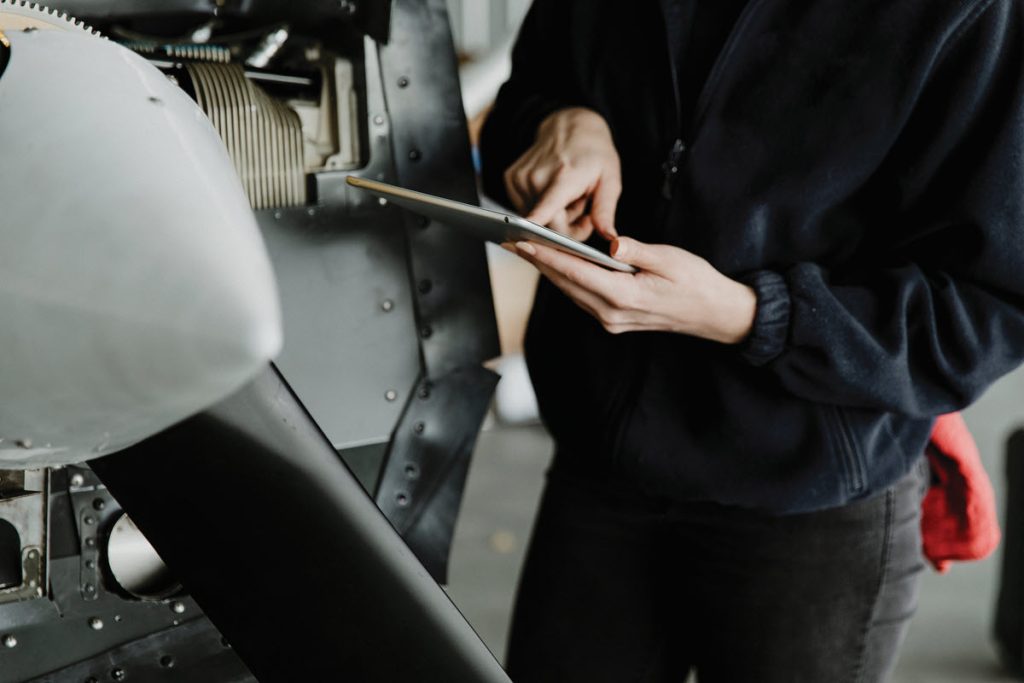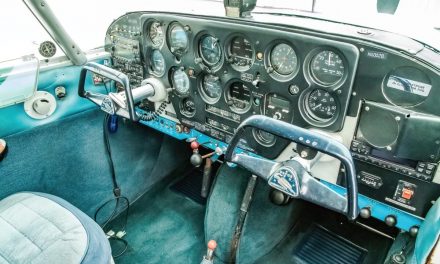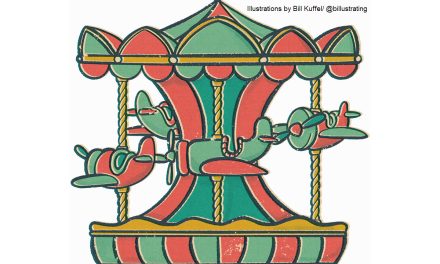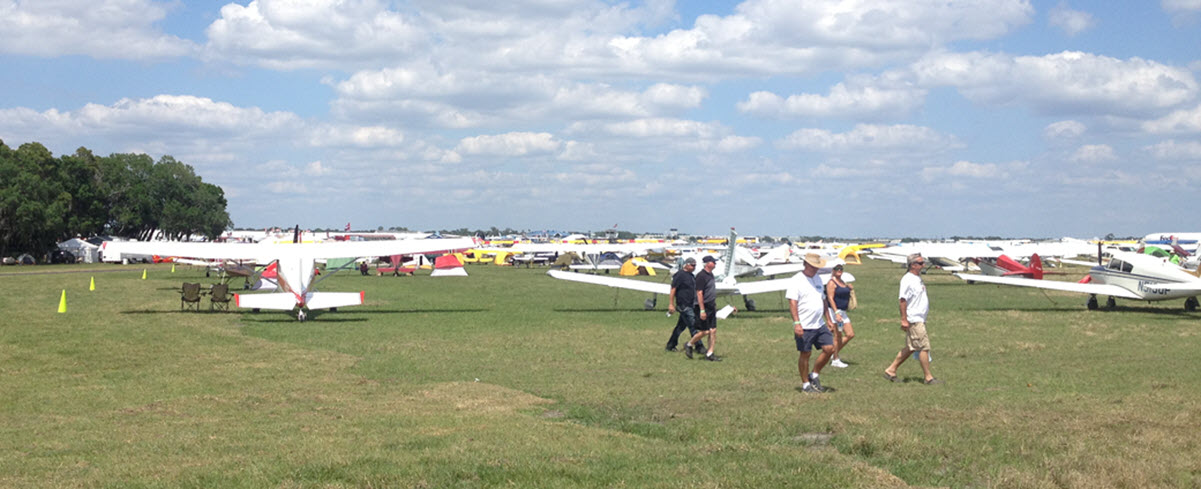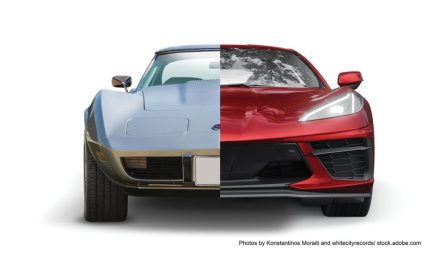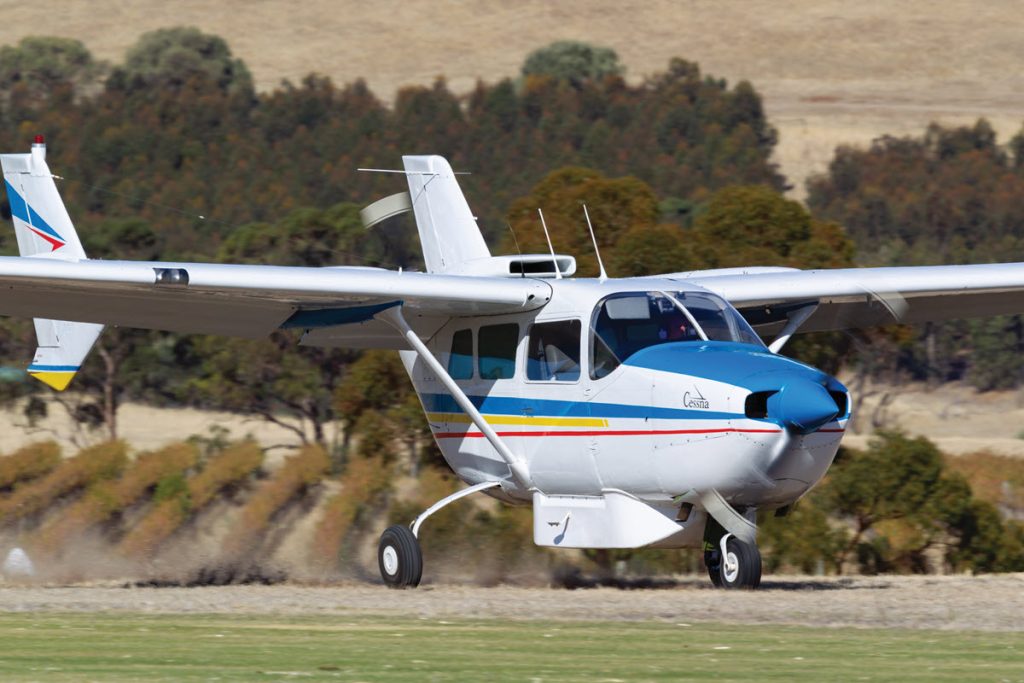
Editor’s Note: Occasionally we have an article from our sister publication, Cessna Owners, that we feel will be of interest in this magazine. This is one of those articles. Even though the article mentions a Cessna 337, it’s applicable to our Piper owners. We hope you find this article useful.
Several years ago, I attended a gathering for one of my favorite aircraft, the Cessna 337 Skymaster. The plane is known by nicknames such as “Huff and Puff,” “Mixmaster,” and “Push Me, Pull Me” because of its unusual twin-engine, centerline-thrust design, featuring one engine in front and one in back. One advantage of this configuration is that if one engine loses power, the plane won’t experience dangerous asymmetric thrust, as would occur with traditional twin-engine planes with an engine on each wing.
The Skymaster is one of the few centerline designs in the history of aviation that actually had a decent production run, and it was a favorite among the Vietnam-era Forward Air Control (FAC) pilots. There’s a love/hate relationship for the Mixmaster. Their owners are a very loyal group of people, but those who don’t own them or don’t know anything about them often give them a bad name. But this article isn’t about the Skymaster. It’s about one of the lessons I learned at a get-together of Skymaster owners.
Type clubs, like the Skymaster Group that I used to run, are helpful because they provide model-specific information. That’s where the information for this article on owner-assisted annuals originated. Members of the Skymaster Group were like other owners, interested in maintaining their aircraft for the lowest possible price while maximizing safety. The best way to learn that information is from owners who have the same aircraft and share the same ownership experiences every day. That’s why Cessna Owner Organization is so helpful. Members share common maintenance challenges, tips, answers, and cost-saving solutions.
Save Money Through Timely IRAN Maintenance
At my seminars, I talk about saving money as an owner. One item I try to stress is that by doing regular maintenance, you can cut down on the overall operating cost and lower your annual inspection costs. I’ve found that if you fix something when it’s just starting to experience problems, the repair costs are usually cheaper. The “inspect and repair as necessary” (IRAN) philosophy reduces the operating cost by fixing, not replacing, parts and spreads the cost over the year instead of all at once at annual time.
Annual Inspections
What does an annual inspection actually involve? We don’t call it an “annual inspect, fix, and fly away,” do we? No, we call it an inspection. At an annual inspection, a mechanic takes a plane apart, inspects it, and puts it back together. He doesn’t have to fix anything, and the aircraft doesn’t have to be flyable when he’s done. He just has to inspect it, sign the logbooks, and say he did an annual inspection. But we take the aircraft in for the inspection and expect it to be done and ready to fly when we pick it up. In comparison, the inspection is cheap; repairs are expensive.
Recently, I offered advice on selling an aircraft that had been in the hangar for around 10 years. The owners weren’t able to use it anymore and needed to sell it. The copy of the last annual was an interesting read. It was signed off as an annual inspection with deficiencies that need to be completed. If you didn’t see the gig list on the second page, you would have thought it was ready to fly, but it wasn’t airworthy. The completed inspection noted the maintenance needed, not repair work that was done.
The Biggest Cost Involved in Inspections
The biggest expense in an inspection is labor — taking the aircraft apart and putting it back together. If I remember correctly, the labor cost for the inspection of a normally aspirated Cessna Skymaster is 37.7 hours. This estimate was produced by the factory using people who would have the equipment and knowledge to inspect an aircraft at a reasonably fast pace. Again, this time doesn’t include repairs, just the inspection.
Of the 37.7 hours, the actual inspection accounts for a relatively small amount of that time. Most of it involves unscrewing hundreds of screws, many of which are rusted and stripped, to remove the inspection plates. It also requires the time-consuming task of removing carpet, making sure everything is marked and stored in an organized fashion, and the list goes on. Not much time is spent on the actual inspection.
Don’t get me wrong. I’m not trivializing the inspection or the need for a mechanic. I just want to show that the mechanic spends much of his time doing mundane, unskilled work that an owner could do, which could be done at a much lower cost per hour.
Owner-Assisted Annuals
Unless you’re an A&P/IA and can inspect your own plane, you have the choice of taking it to a shop and having everything done or doing an owner-assisted annual. If you are an aircraft owner, you should purchase the current version of the FAA’s reprint of FAR 43.13, which are FAA guidelines for acceptable workmanship and practices. It tells you what a rivet should look like, where the stop drill holes need to be, and what type of washers to use on an aluminum rivet and a magnesium skin.
Additionally, owners should have a maintenance and parts manual for their aircraft. I’ve found on cross-country flights that not every airport is as well-equipped as I would hope. They don’t all have a complete library of manuals for every aircraft that I have ever owned, so keep your own books in your plane. In the past, you had to carry physical paper books with you, which cut into the useful load. But now, most can be stored on a flash drive. In any case, having them handy is well worth it if you’re ever stuck at a small country airport trying to figure out a way to get a repair when not one of the mechanics has ever worked on your aircraft model. I’m not making this up. It happens.
How to Save Some Money
If you look at the typical mechanic’s checklist, there are many things an unskilled pilot can do, such as changing oil, changing tires, removing seats and carpet, removing the countless screws holding the inspection plates, separating all the screws into plastic bags, and more. These tasks don’t take much skill, but they will save the mechanic a lot of time. Why not do that basic manual labor yourself? And if you need to call all over the country for parts, you could be doing this instead of the mechanic spending his time glued to the phone.
Advantages of Owner-Assisted Maintenance
The benefit of helping with your maintenance is more than just reducing your annual costs. It also teaches you more about your aircraft. You’ll learn things that might keep you in the air someday. The extra knowledge can assist you when you try to explain that nagging noise to the mechanic when you get back from a flight. Knowledge is a good thing. The more you learn, the better your flight will be. And who doesn’t want to get in their aircraft knowing that it’s safe and ready to fly because they actually saw the inside of the aircraft?
The mechanic has to sign off the work in your logbooks and, in most cases, an IA has to sign off the inspection. So, if you are worried about the quality of your work, don’t be. If an A&P/IA must look over your shoulder and sign off your work, do you think he will let you get away with shoddy repairs? If he does, you better find a new mechanic, because you don’t want him signing off any repairs.
Disadvantages of Owner-Assisted Maintenance
It may be a challenge to find a shop willing to accept owner-assisted annuals. In my area, not many shops want owners in their way. Some don’t want the liability and others don’t want to deal with the owner during the annual. They want control over the inspection and the schedule, and they only want to see the owner when he pays the bill.
You may find that you don’t really have the time to assist with an annual. If you’re going to help, you’ll need to schedule it with your employer, your family, and the shop. And if you tell the shop you will be there, you better show up. The first time you miss your owner-assisted time slot, don’t expect another chance.
Owner-assisted annuals usually take longer. A shop can put two or three mechanics on your aircraft and get the inspection done in a few days. However, if you’re helping, you’ll probably slow things down by looking for tools and asking questions. If you want the job done fast, hire a shop, pay the bill, and don’t complain. If speed isn’t an overriding factor, assist the mechanic and take your time learning.
THINKING OF AN OWNER-ASSISTED ANNUAL?THINGS TO CONSIDER:
Can you find a shop that will let you help?
Does the shop have experience with your aircraft make and model?
Can you schedule the time required?
Do you have all your own parts and service manuals?
Is the time and effort of an owner-assisted learning experience worth the savings you might get?

